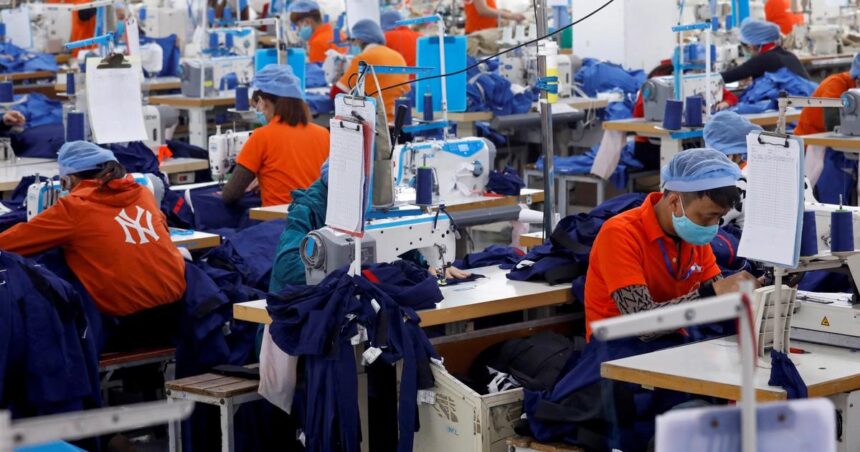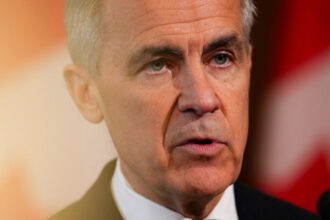The global economy stands at a precarious crossroads as President Donald Trump’s aggressive tariff plans threaten to derail post-pandemic recovery efforts, according to a sobering new assessment from the World Bank. The organization’s latest economic outlook, released yesterday, projects that Trump’s proposed 10% universal tariff and 60% levy on Chinese imports could slash global growth by nearly 0.8 percentage points over the next two years—a reduction that would effectively erase economic gains across multiple developing regions.
“We’re witnessing the potential formation of a perfect economic storm,” said Carmen Reinhart, World Bank Chief Economist, during the report’s virtual presentation. “These tariff proposals, when combined with existing supply chain vulnerabilities and persistent inflation in key markets, create a particularly dangerous economic environment.”
The report specifically highlights how Trump’s tariff regime would disproportionately impact export-dependent economies in Southeast Asia and Latin America, where manufacturing sectors have only recently recovered from pandemic disruptions. According to World Bank models, Vietnam could see export volumes decline by up to 17%, while Mexico faces potential GDP contraction of 2.3% if the full tariff package is implemented.
For Canada, the implications are particularly concerning. The World Bank estimates that Canadian exports to the United States could fall by up to $47 billion annually under the proposed tariff structure, potentially eliminating over 380,000 jobs across manufacturing, agriculture, and resource sectors. Finance Minister Chrystia Freeland has already initiated contingency planning sessions with provincial leaders to develop response strategies.
“These aren’t just numbers on a spreadsheet,” noted David Malpass, World Bank President. “Every percentage point of lost growth represents millions of real people pushed back into poverty, particularly in developing economies where social safety nets remain limited.”
The report further warns that the global response to U.S. tariffs would likely trigger retaliatory measures, creating a cascading effect that could reduce global trade volumes by up to 12% by 2027. European Union officials have already drafted preliminary plans for counter-tariffs targeting key U.S. exports including agricultural products, technology, and pharmaceutical goods.
Financial markets have begun pricing in this uncertainty, with emerging market currencies experiencing heightened volatility in recent weeks. The Mexican peso has depreciated nearly 7% against the dollar since Trump’s tariff announcement, while investment flows into Southeast Asian manufacturing hubs have noticeably slowed.
Perhaps most concerning is the World Bank’s assessment that these trade tensions would arrive at a moment when central banks have limited capacity to respond. With interest rates already elevated to combat inflation, monetary policymakers face difficult choices between supporting growth and maintaining price stability.
“The timing couldn’t be worse,” explained Gita Gopinath, IMF First Deputy Managing Director, who contributed analysis to the World Bank report. “The global economy needs policy coordination now more than ever, yet we’re moving toward fragmentation precisely when integration would benefit everyone.”
As political leaders and economic policymakers digest these warnings, a fundamental question emerges: will short-term nationalist economic policies ultimately sacrifice long-term prosperity for the very voters they claim to protect?










